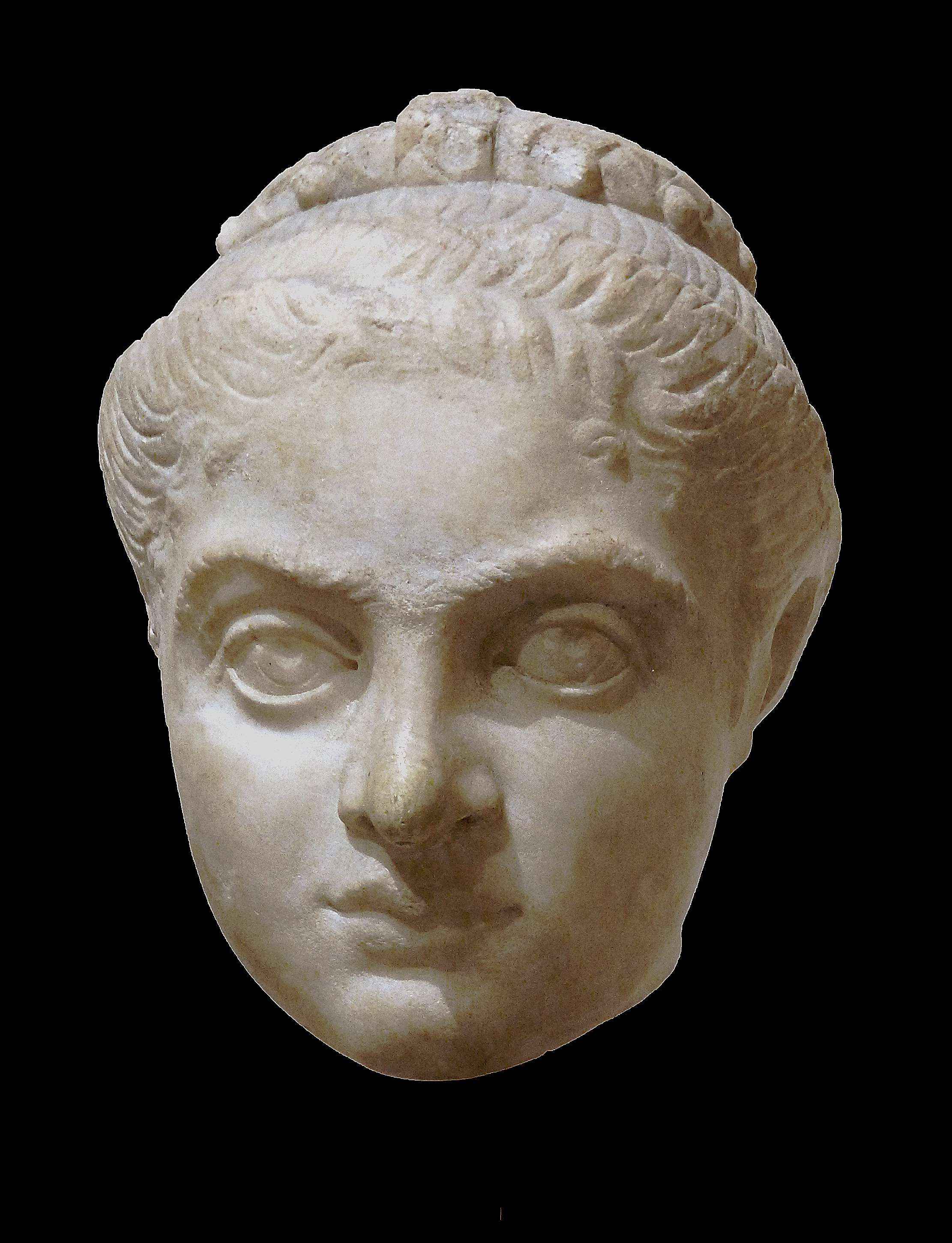Dear Customer! Based on your feedback, we will drastically reduce the number of items in our range, therefore significantly reducing the price of thousands of products. You can find the current discounted products in the Sale menu item. It's worth checking back every few days for new discounts. Thank you for your attention!
10% discount if you order while logged in. Login
 Czech
Czech  Slovenčina
Slovenčina  Română
Română  Polski
Polski  Español
Español  Français
Français  Italiano
Italiano  Magyar
Magyar  English
English  Deutsch
Deutsch 